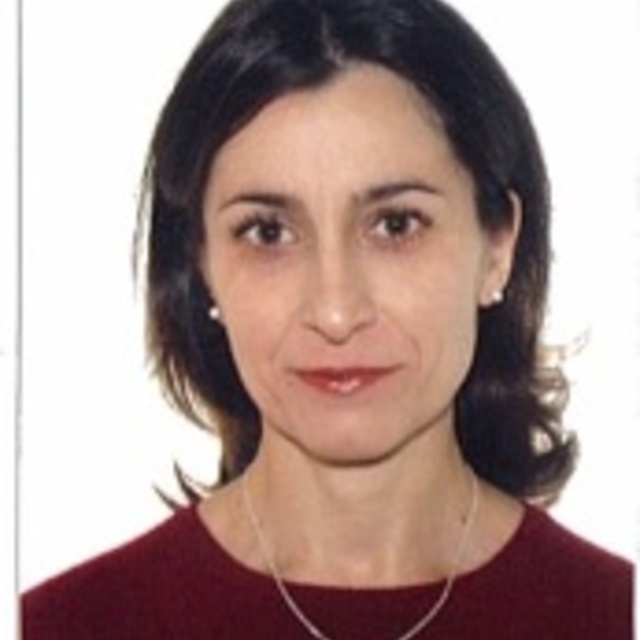December
2011
•
2011MNRAS.418.1889T
Authors
•
Tibbs, C. T.
•
Flagey, N.
•
Paladini, R.
•
Compiègne, M.
•
Shenoy, S.
•
Carey, S.
•
Noriega-Crespo, A.
•
Dickinson, C.
•
Ali-Haïmoud, Y.
•
Casassus, S.
•
Cleary, K.
•
Davies, R. D.
•
Davis, R. J.
•
Hirata, C. M.
•
Watson, R. A.
Abstract
•
Anomalous microwave emission is known to exist in the Perseus cloud. One of the most promising candidates to explain this excess of emission is electric dipole radiation from rapidly rotating very small dust grains, commonly referred to as spinning dust. Photometric data obtained with the Spitzer Space Telescope have been reprocessed and used in conjunction with the dust emission model DUSTEM to characterize the properties of the dust within the cloud. This analysis has allowed us to constrain spatial variations in the strength of the interstellar radiation field (χISRF), the mass abundances of the polycyclic aromatic hydrocarbons (PAHs) and the very small grains (VSGs) relative to the big grains (YPAH and YVSG), the column density of hydrogen (NH) and the equilibrium dust temperature (Tdust). The parameter maps of YPAH, YVSG and χISRF are the first of their kind to be produced for the Perseus cloud, and we used these maps to investigate the physical conditions in which anomalous emission is observed. We find that in regions of anomalous emission the strength of the ISRF, and consequently the equilibrium temperature of the dust, is enhanced while there is no significant variation in the abundances of the PAHs and the VSGs or the column density of hydrogen. We interpret these results as an indication that the enhancement in χISRF might be affecting the properties of the small stochastically heated dust grains resulting in an increase in the spinning dust emission observed at 33 GHz. This is the first time that such an investigation has been performed, and we believe that this type of analysis creates a new perspective in the field of anomalous emission studies, and represents a powerful new tool for constraining spinning dust models.
Links




